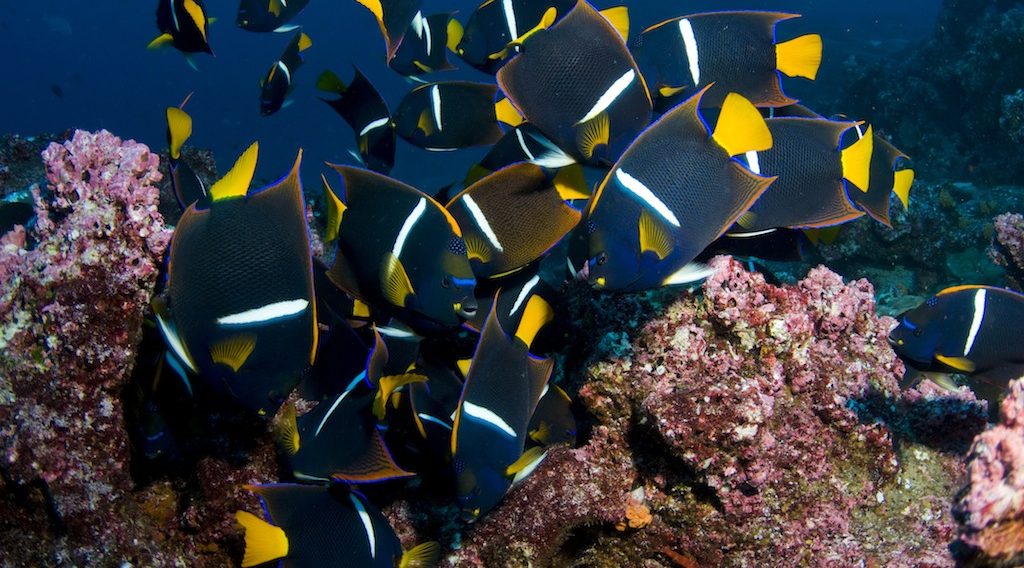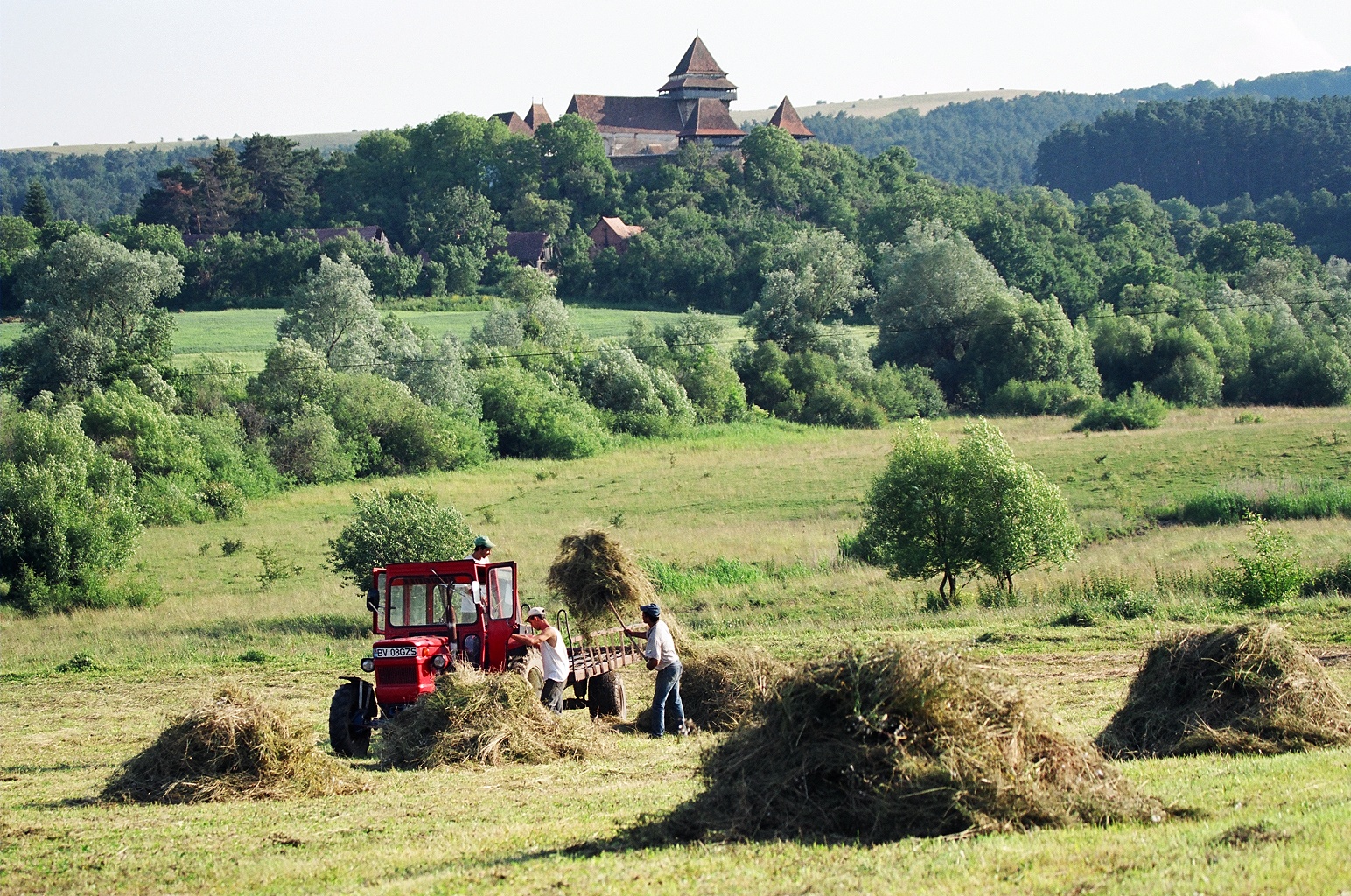23 October 2023 by Georgie Tugwell
Consider this blog as a guide to the markets within which rePLANET operates. Here, we define these markets, and where possible, highlight project examples classified within them. rePLANET recognises that developing projects across a variety of markets will take time and cross-organisational collaboration, however, the prospect of increasing private sector investment into biodiversity and carbon makes it well worth the effort. We believe that our range of credit generating ecological restoration and protection projects and our biodiversity gain quantification services will play a critical role in helping to achieve COP15 targets.
Blue Carbon Mangrove Restoration
The first rePLANET market is ‘Blue Carbon via Mangrove Restoration’, this encompasses projects where carbon credit sales are the main source of funding, however, restoration biodiversity benefits are also monetised. rePLANET projects within this market focus on mangrove restoration as it is a highly effective method of carbon sequestration, with studies reporting that mangroves store 3-5 times more carbon per equivalent area than tropical forests. In addition, mangroves provide numerous co-benefits, for example, they offer ecosystem services such as storm surge protection, reduced coastal erosion and water filtration.
Most mangroves are owned or controlled by governments; therefore, mangrove restoration project funding requires governments permission for the sale of credits generated on voluntary markets. This has severely restricted the availability of mangrove restoration projects worldwide and has increased market prices. rePLANET is currently working on several mangrove projects in Mexico, El Salvador, Panama, Costa Rica and Indonesia; these are funded primarily by carbon with biodiversity co-benefits quantified to maximize the price of the credits.

Ecosystem Restoration with Improved Agriculture
The second market that rePLANET develops projects in is ‘Ecosystem Restoration with Improved Agriculture’, this market addresses sites that, unlike mangroves, cannot be funded through the sale of carbon credits alone. For many ecosystems, carbon sequestration levels are only sufficient for project funding if an integrative approach is taken, combining sustainable agriculture practices such as rotational grazing and agro-forestry (e.g. coffee, cacao etc.) with ecosystem restoration.
rePLANET projects of this type generate high quality carbon credits as biodiversity co-benefits are quantified and their social impact is significant, with 60% of project income being channelled into local communities via Community Development Strategies (CDS) and Sustainable Business and Livelihood Funds (SBLF). rePLANET is currently running a series of riparian forest restoration projects that are designed accordingly in Costa Rica, Panama and El Salvador. One example is a project situated in the Rio Congo basin that has been designed to encourage local landowners to reforest riparian corridors, it will generate both carbon and biodiversity benefits. Biodiversity claims will be independently verified by the Biodiversity Futures Initiative (BFI) to generate credits that will fund the project alongside carbon credit sales.

Marine Reserve Protection and Restoration
‘Marine Reserve Protection and Restoration’ encompasses another rePLANET market, the market is unique as it is Biodiversity Led and specifically focusses on protecting or restoring marine sites. The ‘30×30’ initiative is driving countries to demarcate additional marine protection and restoration sites. Whilst identification of new sites is relatively simple, funding their protection and evidencing biodiversity maintenance and uplift is more challenging. This market provides a method of funding the considerable protection, restoration and monitoring efforts marine sites need to fulfil the 2030 targets.
rePLANET generates income streams for marine reserves by quantifying biodiversity gain which can then be monetized by issuance of credits. This is performed in collaboration with the BFI, an independent group of academics with leading expertise in a range of taxa, ecosystems and ecoregions that provide independent verification of biodiversity claims using the Wallacea Trust methodology. Biodiversity units of gain and credits can provide marine site funding as effective protection will rapidly increase fish and invertebrate stocks, generating many units of biodiversity gain. rePLANET are currently using this approach to investigate funding options for marine reserves in Costa Rica, Anguilla and the UK.

Protection of High Value Nature Sites
What is the point of funding ecosystem restoration if you are not protecting the best examples of those that are left? The protection of high value nature sites addresses this issue, whilst our projects tend to focus on ecosystem restoration, we cannot stand idly by whilst important biodiversity areas are destroyed. rePLANET have a policy of supporting the protection of ecosystems where high-value biodiversity is under serious and current threat. Projects within this Biodiversity Led market area are generally much smaller than the large-scale REDD+ schemes and are aimed at sites where species are being pushed to local extinction. rePLANET has several projects within this market that will protect Honduran cloud forest, Transylvanian species rich grassland and Mexican lowland forest.
Note: The avoided loss carbon markets rely on assumptions about how much forest will be lost over a 25-year period in the absence of an intervention to protect those forests. Various press articles have exposed the exaggeration of these underlying claims and consequently the price of avoided loss carbon has dropped dramatically. This is a shame because funding from avoided loss (REDD+) schemes was one of the best ways that deforestation could be curbed. As a rule, rePLANET does not get involved with large-scale avoided forest loss projects because of the uncertainty of the assumptions underpinning them.

Nature-based Consultancy and Insetting
rePLANET provides Nature-based Consultancy services to companies and estates to produce the data necessary for the BFI to verify biodiversity claims (e.g. project A has achieved a 30% increase per hectare in biodiversity as expressed by the median value change in a basket of 5 taxa that together reflect an improvement towards the conservation objectives of the site). We can also assist with Insetting, where companies are using their own land (or buy land specifically) to develop projects that sequester carbon and improve biodiversity performance.
Our service enables the quantification and BFI verification of units of biodiversity gain which can guide investment decisions, provide data for ESG reports and identify products that can be marketed as nature friendly or wildlife positive. Once verified, claims can be monetized by issuance and sale of 80% of the biodiversity gain as biodiversity credits (the remaining 20% of the gain is always retained as a buffer against future failures).
This market is relevant to:
rePLANET staff can provide consultancy advice in all the above cases and have extensive expertise from been heavily involved in the development and testing of the Wallacea Trust methodology for quantifying biodiversity gain.
